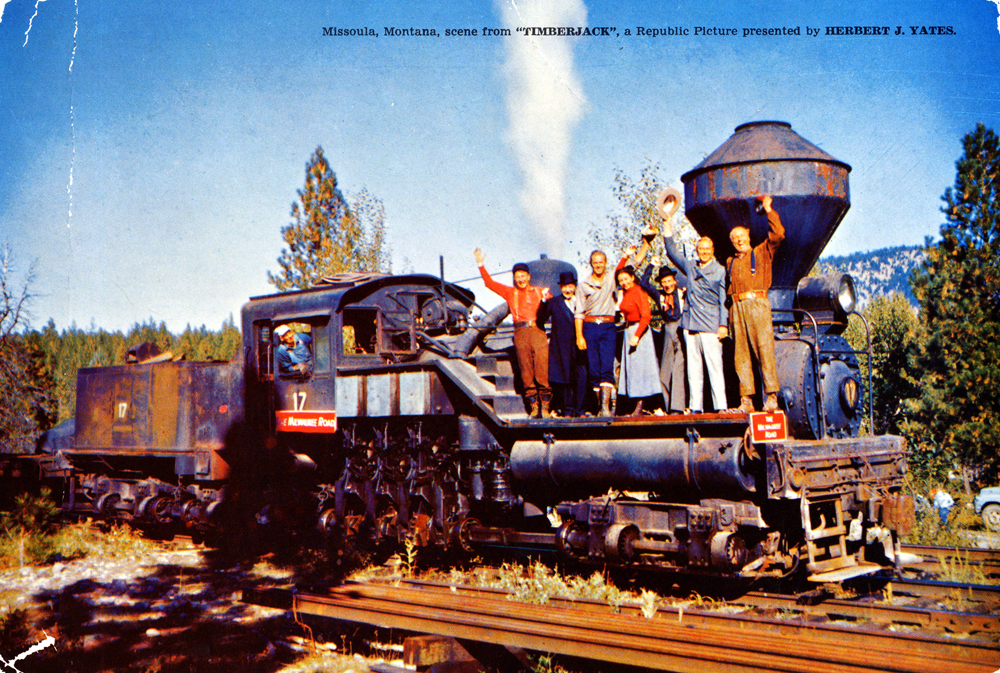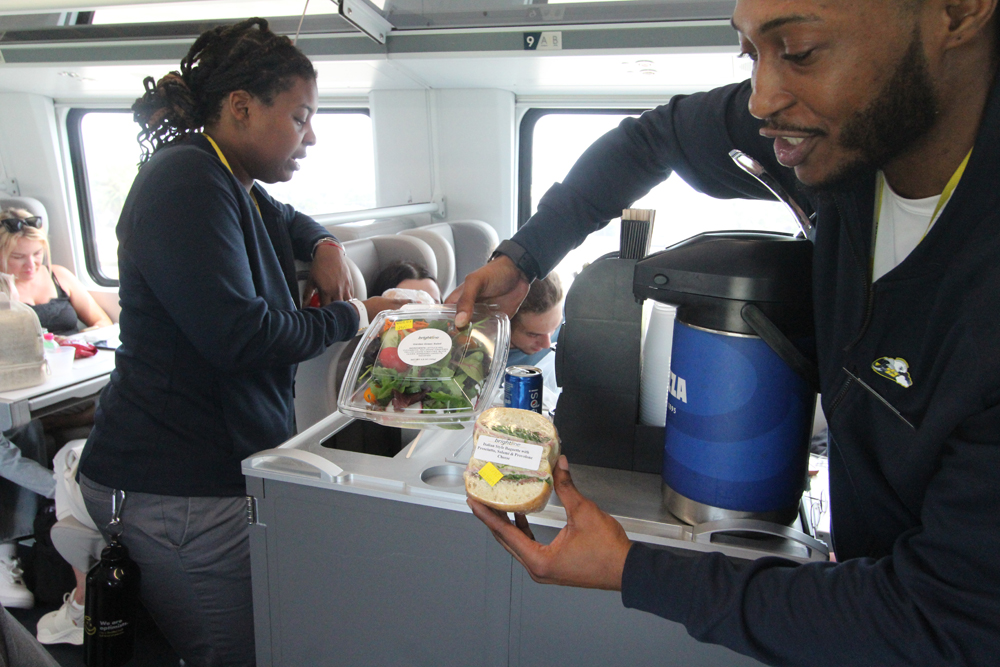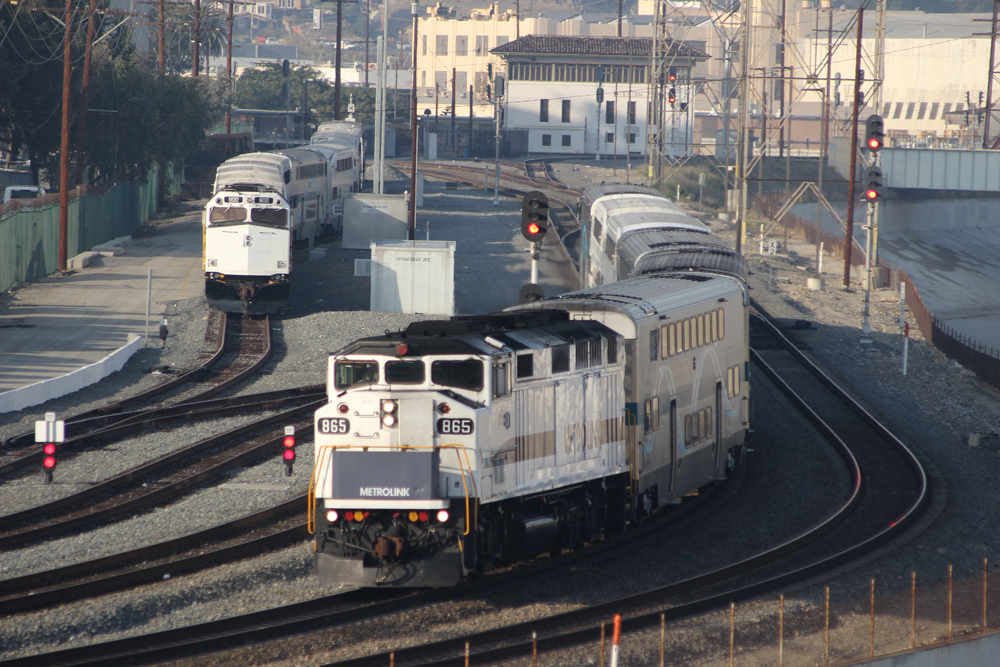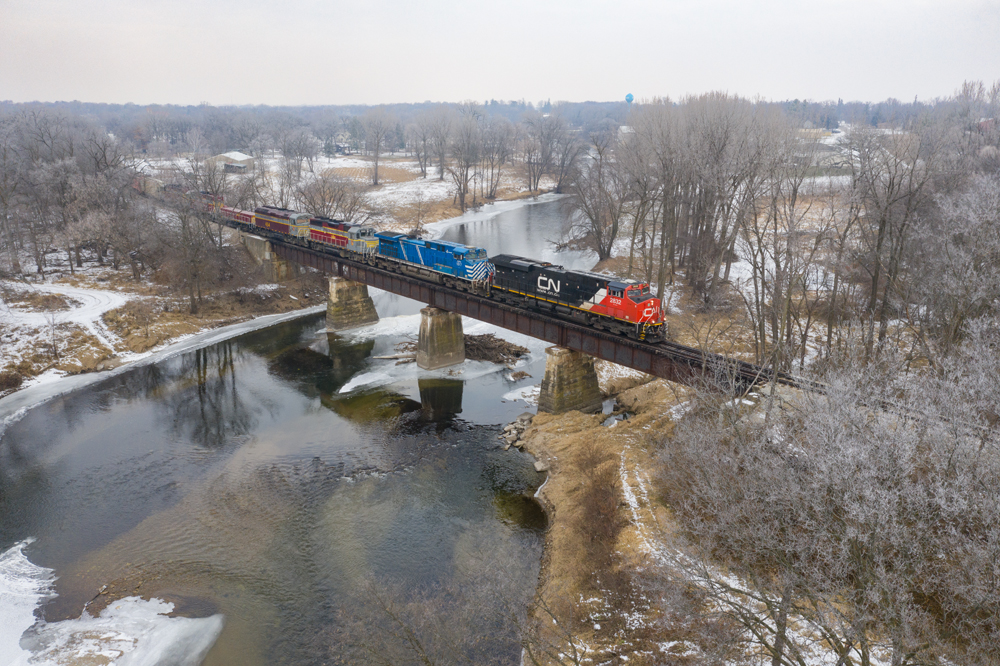By: Steve Sweeney
One of Trains’ sources of information on positive train control and signaling from 2016 to present has been materials from a University of Wisconsin-Madison Engineering Professional Development signaling basics course taught in Philadelphia.
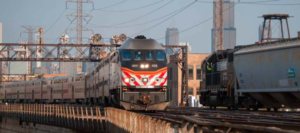
Trains published an article on the course in June, but as the final deadline for a nationwide PTC rollout comes on Dec. 31, 2020, Trains reached out to UW instructors to learn what else has happened in the way they teach PTC, and in this article, how they saw railroads meet the deadline and what changes are in store for railroading.
Original instructors Bob MacDonald and Jim Hoelscher answered Trains’ call, as did Jim Balliet, who joined the instructing team more recently.
The following is an excerpt of Trains’ typed questions, and the UW instructors’ answers, edited where necessary for style or readability.
TRAINS:
Back when I took the signaling course in 2016, railroads — freights and commuters — had a lot of work left to do to meet this year’s final deadline. Have the railroads met deadlines in a way that was a surprise or installed equipment or made progress that unusual or unexpected in any way? Specific examples would be great.
UW Instructors:
Over the time between the original 2015 deadline and now, there were several issues that had impacted the clean rollout of PTC. They ranged from each railroad securing radio spectrum availability, to gaining maturity in creating and managing newly required geographical databases, to finally working thorough the operational complexity of having a common solution for many interoperable railroads where a high degree of defects in the system were witnessed. These initial design and infrastructure issues were, for the most part, overcome as the developed systems became more mature and rigorous functional testing was completed.
In the past two years there were some key challenges in meeting the December 31, 2020 deadline. This mostly entailed the need to assure interoperability between a host railroad and, in some cases, the many tenant railroads that were required to be PTC equipped. The challenges were especially difficult in high traffic urban centers like Chicago where several Class 1 railroads and commuters share tracks and along the Northeast Corridor (NEC) between Boston and Washington where the host railroad, Amtrak, northeast commuter railroads (e.g., NJ Transit, Long Island Rail Road, Metro-North, SEPTA) and freight tenants operate. Compounding the technical challenges on the NEC was the need to dual equip some freight locomotives and PTC wayside locations where freight carriers utilize different PTC solutions than implemented by Amtrak on their host territory.
To address these challenges the FRA worked in close cooperation with all railroads, over the past few years, through periodic collaboration sessions. FRA also established special teams to work closely with the Class 1 railroads, northeast commuters, and Amtrak to facilitate the interoperability efforts. This closer working relationship among all stakeholders was rather unique and necessary in meeting all elements of PTC regulatory compliance within the timeline allowed.
TRN:
It looks like all US railroads required to have PTC installed, except NJ Transit, will have complied with FRA’s rules and regulations by Dec. 31. In your opinion, is this near-universal compliance the same as having a functioning nationwide PTC network? [Question asked on Dec. 9 and answered Dec. 23. NJ Transit officials announced on Dec. 18 that the railroad met the year-end deadline.]
UW:
For the freight lines and Amtrak’s tenant operations that run on those lines, you could think of it that way but that has been the case for a long time. It may be more appropriate to think of this as nationwide PTC coverage. The added protection that PTC provides is now in place and addresses all rail traffic, which includes host railroads and their tenants that are required to be equipped, on that network from a standpoint of interoperability.
There are, of course, commuter railroads with dedicated lines that do not interoperate nationally and the special case of the higher speed lines of the Northeast Corridor (NEC) between Boston and Washington. In both of these situations, each has different operating environments, methods of operation and are implemented with one of the three alternative vendor supplied PTC systems.
FRA, as well as railroads, have discussed the long-term goal of a more seamless network under the aspirational topic of PTC 2.0, which will likely be considered once the full implementation has been completed and PTC operations stabilize.
TRN:
Years ago, it sounded like the majority of PTC track miles would be a non-vital overlay of the vital signal system. Do you still find that is the case? Have the railroads taken steps to make PTC vital? And what does that choice indicate to you about railroads’ future plans?
UW:
That early presumption of PTC primarily implemented as a Non-vital Overlay solution, has proven to not be the case. The safety classification of PTC deployed varies, depending on the rail segment (e.g., freight, commuter and high-speed commuter) and considerations of the most effective means for the rail authorities to comply with FRA Subpart I Regulations for PTC. The regulations allow for four different safety classifications of PTC systems; Non-vital Overlay, Vital Overlay, Standalone and a Mixed System type. The latter to be considered a mix of vital and non-vital components or subsystems providing the required PTC functionality.
A few commuter lines with dedicated right-of-way (i.e., without interoperability concerns), have implemented a new non-vital overlay system. Other commuters of a similar operating environment have deployed a Vital Overlay system which is based on a cost-effective upgrade to their existing signaling system. Freight railroads initially filed PTC Safety Plans with the FRA for their PTC systems classified as Vital Overlay but have more recently recast the system as a Mixed System considering it is based on both vital and non-vital functionality. It should be noted that over 50% of the territory on which large class I railroads operate, is unsignaled territory. Lastly, the PTC solution deployed by Amtrak on the Northeast Corridor was certified early as a vital overlay.
All of these systems as implemented on each railroad, have had to demonstrate an improvement in safety regarding protection from train collisions, derailments due to train overspeed, improper incursions into work zones and protection from a train traversing a switch in the wrong position. This is required as part of their final certification to be compliant to the regulation regardless of PTC system type. Once certified, a railroad’s decision to improve the level of their system’s safety, through its system components, safety platforms or its functionality will likely vary by rail segment (i.e., freight, commuter and high speed commuter) and several other factors related to operational benefits, as considerations for the future.
TRN:
Will people living and working near PTC main lines notice any changes come Jan. 1? Should they?
UW:
No, not really. The main goal of PTC was to improve safety of rail operations. That is, protect rail lines from train collisions, overspeed derailments, etc., as noted above. For the past three years many host railroads have had their implementation completed with the remaining work focused on confirming interoperability with their tenants. Meeting the deadline would mean that the field testing would have been completed. This would have the benefit of reducing interruption in passenger train schedules or disruption to local communities impacted by the testing being performed. There are a few new regulations peripheral to PTC such as the creation of quiet zones for rail-vehicle highway grade crossings.
Positive train control is one of Trains’ Top 10 stories of 2020
TRN:
Now that the PTC roll-out is complete, what changes for the industry? What do those non-engineers taking your course need to know now? Does the job change for men and women designing and maintaining these systems?
UW:
One of the biggest impacts to the industry and for those to operate and support PTC is the larger system scope. PTC as an integrated system, consists of primarily four technical segments of hardware and software. These are generally noted as office, communications, locomotive (or onboard) and wayside. Improving design and maintaining each of these segments, include the newly required recording and maintaining a geographical capture of the track lines into a database. This database (e.g., data consisting of grade, locations of equipment, civil limits, etc.) is used by the onboard system to manage train speeds and interact with the wayside. All of these areas require expertise not previously needed to support safe train operations and supplemental to the knowledge base used to maintain the existing signaling system. Training in the technical basis and fundamentals of each PTC system type and specific to each technical segment will be essential with respect to each of the four technical segments.
TRN:
Signal systems enable safe operation of multiple trains. How will we know if railroads made their operations safer because of all the effort, money, and regulation devoted to PTC?
UW:
The overriding goal of PTC is to reduce train accidents due to train collisions, overspeed derailments, improper work zone incursions and traversing a switch in the wrong position. These are noted as PTC Preventable Accidents. Railroads are providing extensive data to the FRA, related to the reliability of their rail operations managed by PTC, with the intent to demonstrate the system’s ability to achieve these goals. At some point analyses will be performed to illustrate the effectiveness of PTC to prevent the noted accidents.






